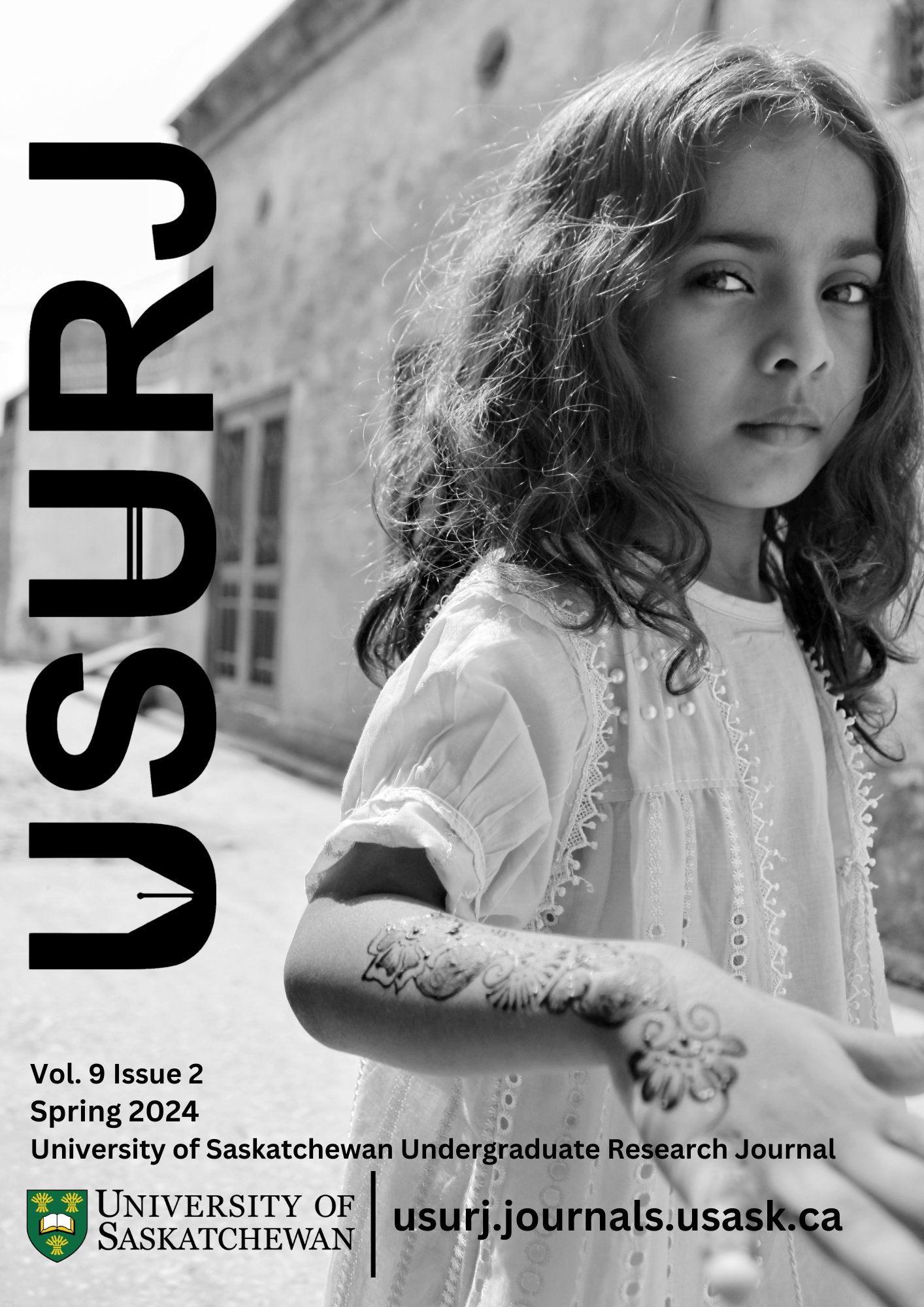The Conversational Functions and Effects of Tagalog-English Code-Switching on Filipino Television
Main Article Content
Abstract
Taglish is the code-switching or alteration between Tagalog and English within a single utterance. The prevalence of Tagalog-English code-switching in the Philippines results from the widespread use of both languages in Philippine educational institutions. This paper qualitatively analyzes the use of Taglish in spontaneous conversations and interviews in the Philippine magazine show Kapuso Mo, Jessica Soho (Your Heartmate, Jessica Soho) to identify the communicative effects of Tagalog-English code-switching in Filipino discourse. The results suggest the prevalence of code-switching as all 17 identified speakers in the study used both Tagalog and English in their speeches at varying degrees. Results also revealed the following communicative effects of code-switching: efficiency, message qualification, linguistic play, emphasis, objectivization, and personalization. Furthermore, code-switching facilitated the speakers’ identity construction, by representing factors such as wealth, success, authority, knowledge, and solidarity.
Downloads
Article Details
Section
Articles: USURJ’s current Publication Agreements apply a Creative Commons Attribution-NonCommercial License (CC-BY-NC) by default. The CC BY-NC license lets others remix, tweak, and build upon work non-commercially. The author(s) can choose a different CC license, as outlined in https://creativecommons.org/about/cclicenses/. Please see the PDF for each article to determine what license is applied to that article. Author(s) can also request to reserve all copyright (All Rights Reserved). If there is no indication for articles published before September 2020, assume the author retains all rights beyond those necessary for publication by USURJ. All articles published after September 2020 will apply one of the aforementioned CC licenses. See the Publication Agreement under the Submission Preparation Checklist or Author Guidelines for more information. Artwork: All copyright for the original artwork remains with the artist unless they wish to apply a Creative Commons (CC) license to the artwork. Please see the PDF for each artwork to determine what license is applied to that artwork.
